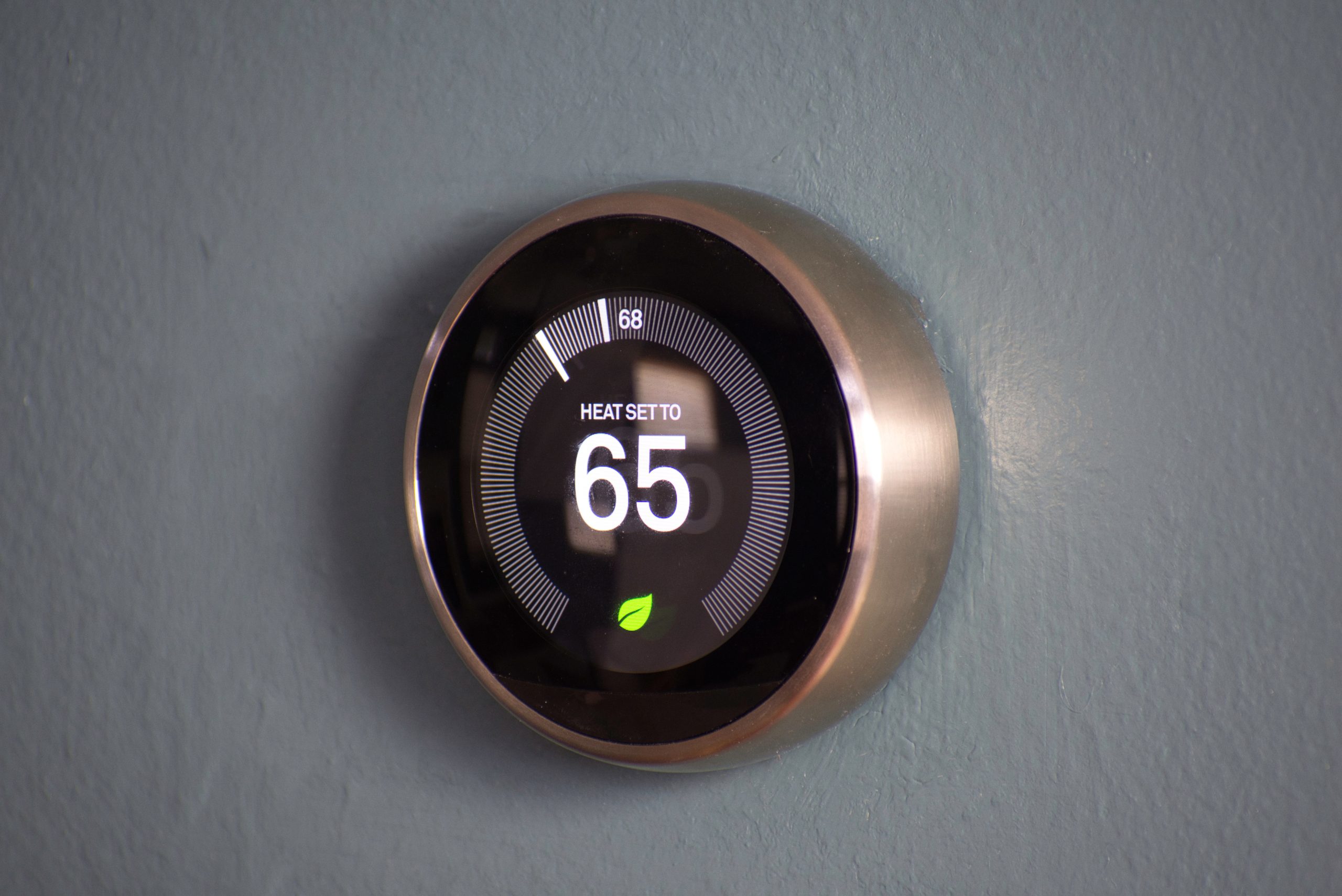You Ask, We Answer: How Can I Lower My Electric Bill?
No doubt about it: Cold weather has arrived in Connecticut, and that can mean more expensive electric bills for our Connecticut homes! With a few strategic steps, however, you can actually reduce your electric bill, even during this time of year. Read on for simple ways to lower your electric bill–and keep it lower, all year long.
Lower the temperature of your water heater
The average water heater is set to a temperature of about 140 degrees. According to energy.gov, by lowering the temperature of your water heater to about 120 degrees, you can save between 4% to 22% annually–and that can lead to saving up to $400 a year!
In addition to adjusting the temperature of your water heater, adding insulation to your water heater can further reduce your electric bill. And it’s not difficult to do! According to energy.gov, “Water heater insulation could reduce standby heat losses by 25%–45% and save you about 7%–16% in water heating costs—and should pay for itself in about a year. You can find pre-cut jackets or blankets available from around $20. Most experts agree that heat loss in a gas water heater goes up the flue.”
Consider a smart controller for your water heater
Water heating is most likely a significant portion of your home’s energy bill. In fact, according to the U.S. Department of Energy, “water heating is the second largest expense in your home and can cost between $400 – $600 each year for the average household.” But you can take matters into your own hands and use a smart controller for your water heater to help reduce these costs, and to save energy and be eco-friendly in the process.
For about $150, a smart controller for your water heater will help you control when to heat your hot water, so you’re not wasting energy (and money) by having it hot when it’s not in use. Some smart controllers analyze your daily usage to determine the best times of day to heat hot water (i.e., in the mornings and evenings, but not in the middle of the night, if that reflects your daily schedule), and others are available to be programmed manually. Overall, using a smart controller can amount to a 10%-30% savings, according to Schneider Electric.
Switch your laundry water temp
Another way to lower your electric bill? Wash the majority of your laundry in warm or cold water–not on the hot settings. Not only will you save money, but cold or warm water can help your clothes last longer, as this prevents shrinking and fading. Many of today’s laundry detergents–even the more eco-friendly options–are formulated to perform in lower water temperatures, so your clothes can still be clean without adding expenses to your monthly energy bill.
Invest in smart plugs
A smart plug nestles between your outlet and your appliance, creating a “switch” that allows you to put your appliance on a schedule to turn on and off. This works very well for items such as coffee makers, computers, toaster ovens, TVs–and more. When your appliances are plugged in, they draw power–even when they’re not in use. This can account for 10% of your home’s energy consumption, according to Schneider Electric. Smart plugs are one of the easiest ways to combat the “standby power” issue in your Connecticut home.
Adjust your thermostat
Last but not least, simply adjusting your thermostat can help to lower your electric bill. Consider lowering your thermostat between 7-10 degrees when you’re not home or when you’re sleeping. Added bonus: According to WebMD, people tend to sleep better in cooler rooms, so setting your thermostat between 60-65 degrees at night won’t only save you money; you may wake up feeling more rested, as well!



